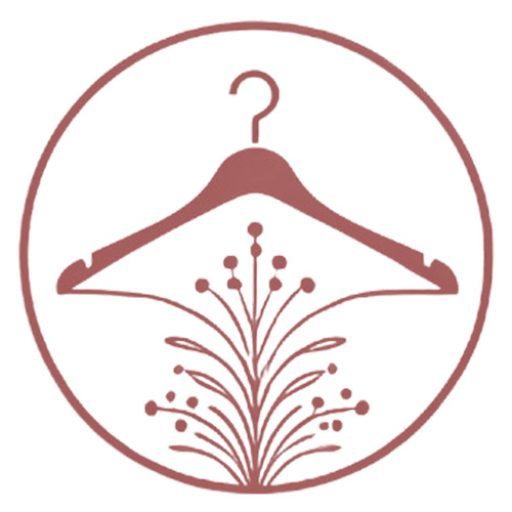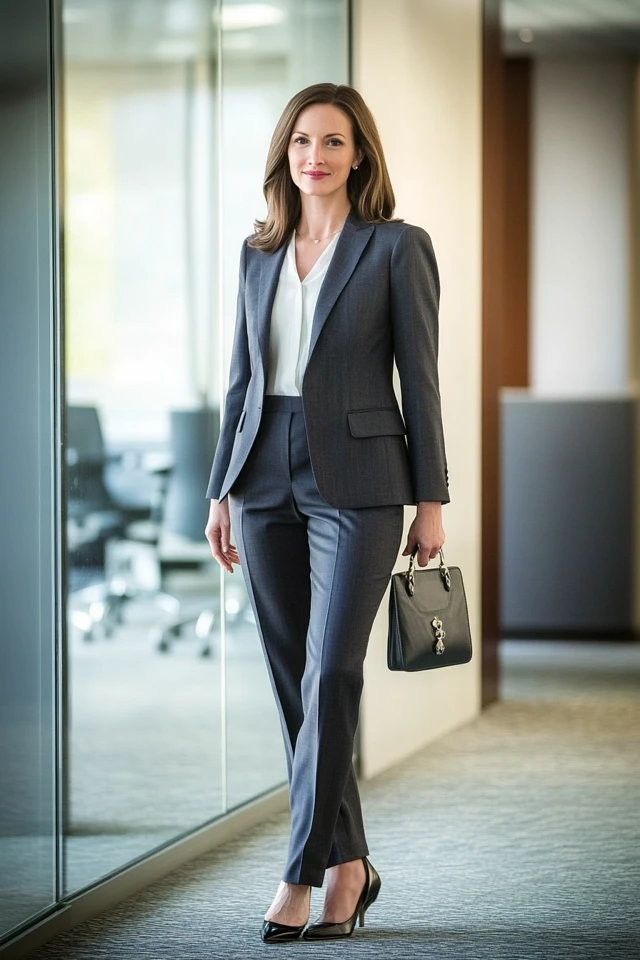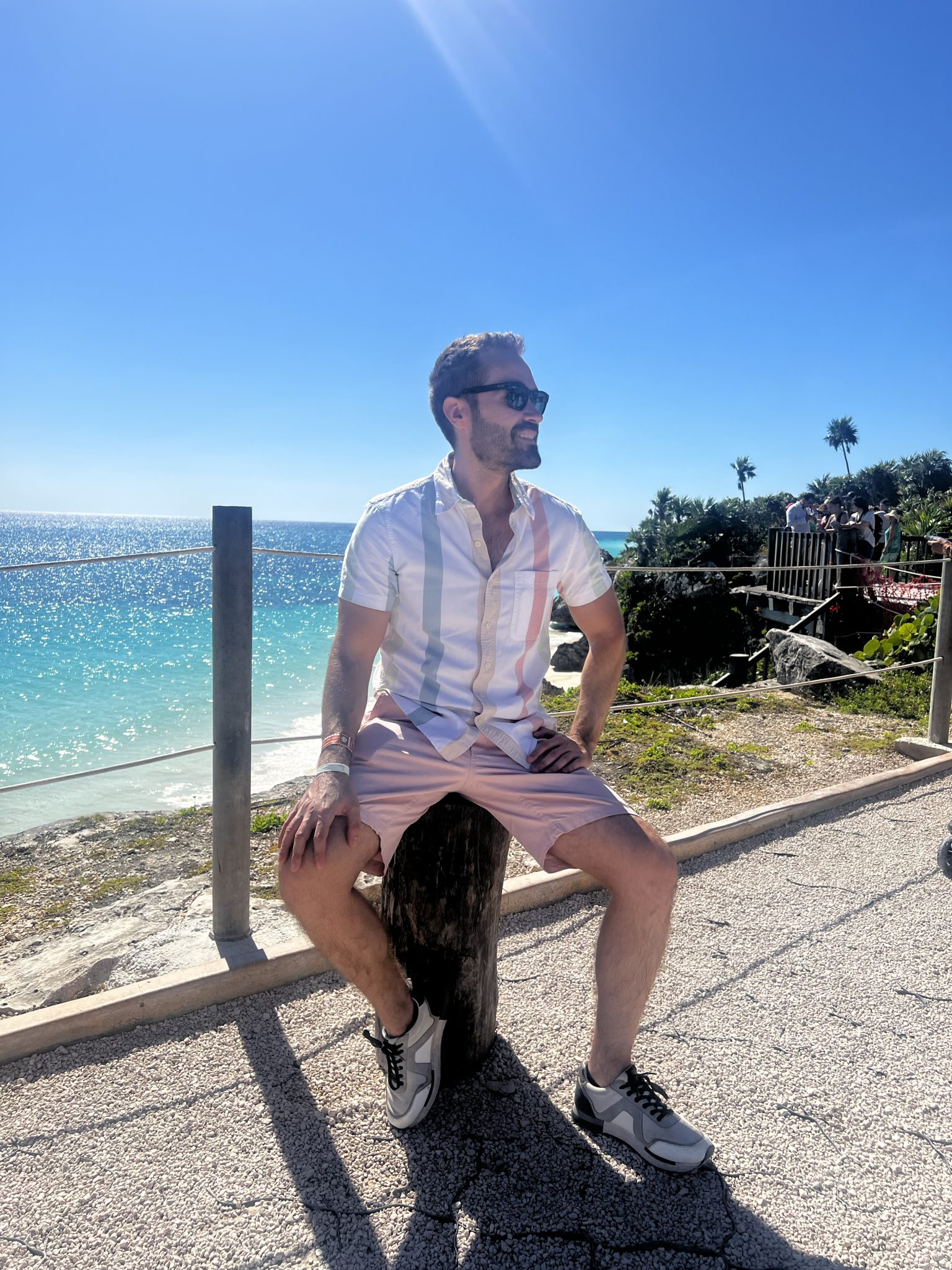Introduction
First impressions are pivotal, especially during a job interview. Your attire plays a significant role in conveying professionalism, confidence, and suitability for the position you’re seeking. Dressing appropriately for a job interview not only boosts your confidence but also demonstrates respect for the opportunity and the organization. This comprehensive guide explores essential tips and outfit ideas to help you select the perfect interview attire, ensuring you make a lasting and positive impression.
The Importance of Dressing for Success
Why Your Outfit Matters
Your outfit is often the first thing interviewers notice, setting the tone for the entire conversation. It reflects your understanding of the company culture, your attention to detail, and your ability to present yourself professionally. Dressing appropriately can enhance your credibility and influence the interviewer’s perception of your capabilities and fit within the team.
About the Author and My Trend Boutique
Aligning with Company Culture
Different industries and companies have varying dress codes. Understanding and aligning your attire with the company’s culture demonstrates that you’ve done your homework and are genuinely interested in fitting into their environment. Whether the workplace is formal, business casual, or creative, tailoring your outfit accordingly can make a significant difference.
Key Elements of a Job Interview Outfit
1. Fit and Tailoring
- Importance of Fit: Clothes that fit well enhance your appearance and project confidence. Ill-fitting garments can distract from your qualifications and make you appear less professional.
- Tailoring Tips: Invest in tailoring to ensure your clothes complement your body shape. Even affordable pieces can look polished with proper adjustments.
2. Color Selection
- Neutral Colors: Shades like black, navy, gray, and white are safe choices that convey professionalism and reliability.
- Accent Colors: Incorporate subtle accent colors through ties, scarves, or accessories to add personality without overwhelming the outfit.
- Avoid Overly Bright Colors: Extremely bright or neon colors can be distracting and may not convey the desired level of professionalism.
3. Fabric Choice
- Quality Fabrics: Opt for high-quality materials such as wool, cotton, silk blends, and polyester. These fabrics tend to look more polished and last longer.
- Avoid Wrinkling: Choose fabrics that resist wrinkling to maintain a neat appearance throughout the interview.
4. Style and Silhouette
- Classic Styles: Timeless pieces like tailored suits, pencil skirts, and button-down shirts are always appropriate.
- Modern Touches: Incorporate modern elements like slim-fit trousers or structured blazers to keep your look current.
- Avoid Trends: Steer clear of overly trendy items that may quickly go out of style or distract from your professionalism.
Outfit Ideas for Different Types of Interviews
1. Corporate Interviews
Women:
- Suit: A well-fitted blazer and matching trousers or a pencil skirt in neutral colors.
- Blouse: A crisp white or light-colored blouse.
- Footwear: Closed-toe heels or professional flats.
- Accessories: Minimalistic jewelry and a structured handbag.
Men:
- Suit: A tailored suit in navy, black, or gray.
- Shirt: A clean, white button-down shirt.
- Tie: A conservative tie that complements the suit.
- Footwear: Polished leather dress shoes.
- Accessories: A classic watch and a leather belt.
2. Business Casual Interviews
Women:
- Top: A tailored blouse or a smart knit sweater.
- Bottom: Dress pants, chinos, or a midi skirt.
- Footwear: Loafers, ballet flats, or low-heeled shoes.
- Accessories: Simple jewelry and a sleek handbag.
Men:
- Shirt: A collared shirt or a polo shirt.
- Bottom: Chinos or tailored trousers.
- Footwear: Leather loafers or brogues.
- Accessories: A belt and a classic watch.
3. Creative Industry Interviews
Women:
- Dress or Jumpsuit: A stylish dress or a well-tailored jumpsuit with unique details.
- Top: A statement blouse or a patterned top.
- Footwear: Trendy flats or ankle boots.
- Accessories: Artistic jewelry and a designer handbag.
Men:
- Shirt: A patterned or colorful button-down shirt.
- Bottom: Slim-fit trousers or stylish chinos.
- Footwear: Suede shoes or stylish sneakers.
- Accessories: Creative ties, pocket squares, and statement watches.
4. Remote Interview Attire
Women:
- Top: A professional blouse or a smart top.
- Bottom: While bottom attire is less visible, wearing professional pants or a skirt can boost confidence.
- Accessories: Minimal jewelry and a neat hairstyle.
Men:
- Top: A collared shirt or a neat polo.
- Bottom: Even if not visible, wear appropriate attire for continuity.
- Accessories: A clean look with minimal accessories.
Tips for Selecting the Right Outfit
1. Research the Company
Understand the company’s dress code by reviewing their website, social media profiles, or by asking the HR representative. This helps tailor your outfit to fit their culture.
2. Comfort is Key
Choose outfits that you feel comfortable in, as discomfort can distract you during the interview. Ensure that your clothes allow you to move freely and sit comfortably.
3. Prepare Multiple Outfits
Having a backup outfit ready in case of unforeseen circumstances, such as spills or last-minute changes, can save you from stress.
4. Grooming and Hygiene
Ensure your clothes are clean, pressed, and free of wrinkles. Pay attention to personal grooming, including neat hairstyles and minimal, tasteful makeup for women.
Accessorizing Appropriately
1. Jewelry
Choose simple and elegant pieces that complement your outfit without being too flashy. For example, a pair of stud earrings or a delicate necklace can add a touch of sophistication.
2. Bags and Briefcases
Opt for a professional-looking bag or briefcase that can hold your resume, portfolio, and other essentials. Avoid overly large or casual bags.
3. Belts
A well-chosen belt can enhance your outfit, especially for men. Ensure it matches your shoes for a cohesive look.
4. Scarves and Ties
Scarves for women and ties for men can add color and personality to your outfit. Choose patterns and colors that complement your overall attire.
Do’s and Don’ts
Do’s:
- Do dress one step above the company’s standard attire. It shows initiative and respect.
- Do ensure your clothes are clean and well-pressed. Presentation matters.
- Do wear appropriate shoes. Ensure they are polished and professional.
- Do accessorize minimally. Let your outfit speak for itself.
- Do pay attention to grooming. Neat hair and clean nails are essential.
Don’ts:
- Don’t wear overly casual clothing. Avoid jeans, t-shirts, and sneakers unless explicitly allowed.
- Don’t over-accessorize. Too many accessories can be distracting.
- Don’t wear strong fragrances. Some people are sensitive to perfumes and colognes.
- Don’t wear revealing or inappropriate clothing. Maintain a professional appearance.
- Don’t forget to check for fit and comfort. Ill-fitting clothes can cause discomfort and distraction.
Picture Gallery
Conclusion
Making a great first impression during a job interview involves more than just your qualifications and experience—it also encompasses your appearance and how you present yourself. By selecting the right outfit that aligns with the company’s culture, prioritizing comfort and fit, and accessorizing thoughtfully, you can enhance your confidence and leave a lasting positive impression on your potential employer.
Investing time in planning your interview attire demonstrates your commitment and professionalism, setting you apart from other candidates. Embrace these tips and outfit ideas to navigate job interview dress codes with style and ease, ensuring you present yourself in the best possible light.
Happy styling, and may your job interview outfits help you secure the position you desire!
5 FAQs
1. What colors are best for job interview outfits?
- Answer: Neutral colors like black, navy, gray, and white are excellent choices as they convey professionalism and reliability. You can also incorporate soft colors like pastels for a touch of personality. Avoid overly bright or neon colors that can be distracting.
2. Can I wear jeans to a job interview?
- Answer: Generally, jeans are considered too casual for most job interviews, especially in formal industries. However, in more relaxed or creative environments, dark-wash, well-fitted jeans paired with a blazer and smart shoes might be acceptable. It’s essential to research the company’s dress code beforehand.
3. How should I choose the right shoes for a job interview?
- Answer: Opt for closed-toe shoes like loafers, oxfords, or low-heeled pumps for a professional look. Ensure they are clean and polished. Avoid overly casual footwear like sneakers or flip-flops unless the company’s dress code explicitly allows it.
4. Should men wear a tie to a business casual interview?
- Answer: In a business casual setting, wearing a tie is not always necessary. A collared shirt paired with a blazer can be sufficient. However, if you’re unsure, it’s better to wear a tie to ensure you appear polished and professional.
5. How can I ensure my outfit is comfortable for the interview?
- Answer: Choose breathable fabrics and well-fitted clothes that allow you to move freely. Avoid tight garments or those made from scratchy materials. Try on your outfit beforehand and walk around in it to ensure it remains comfortable throughout the interview.
Picture Gallery
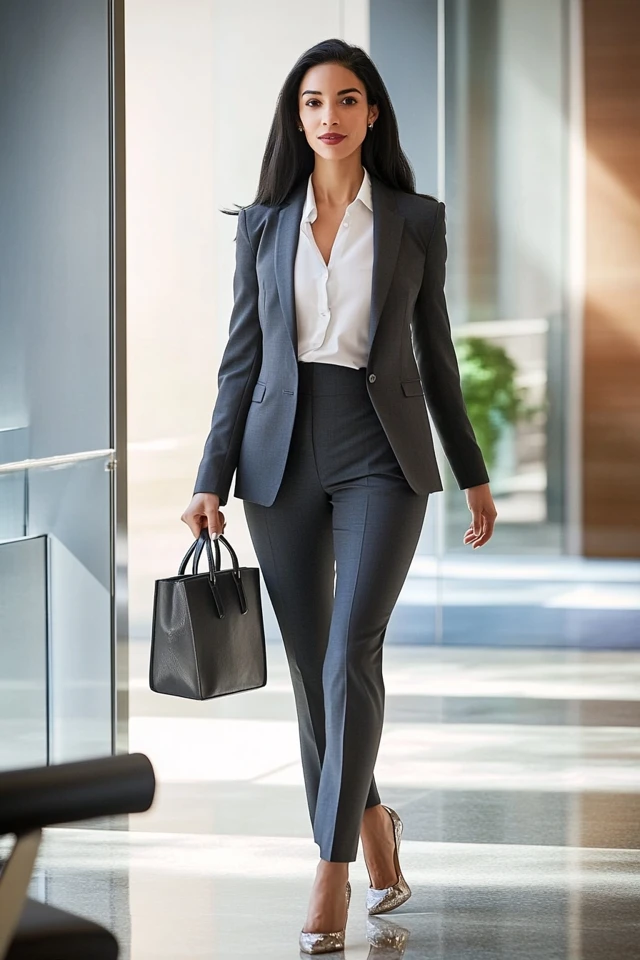
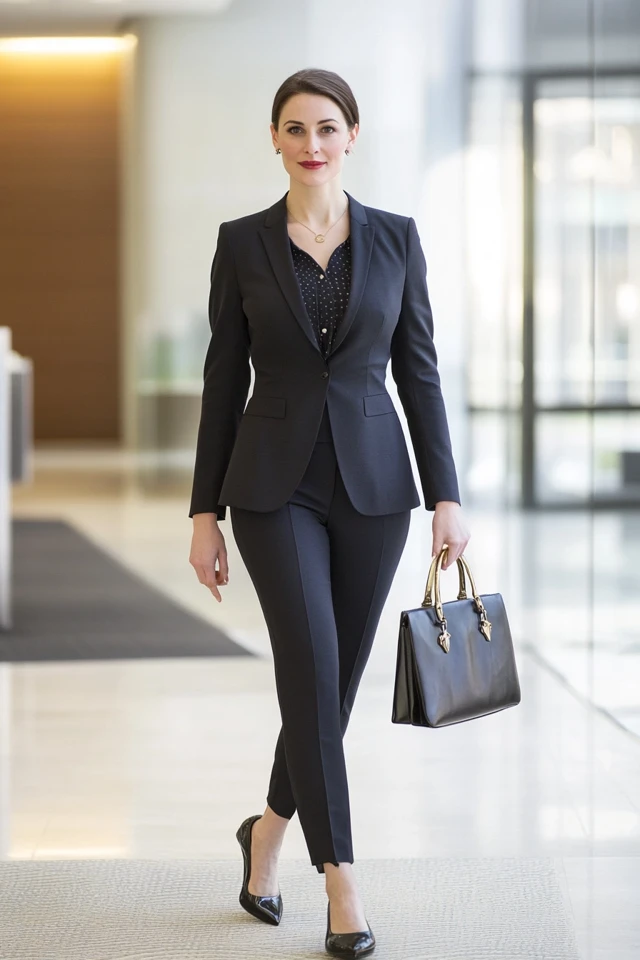
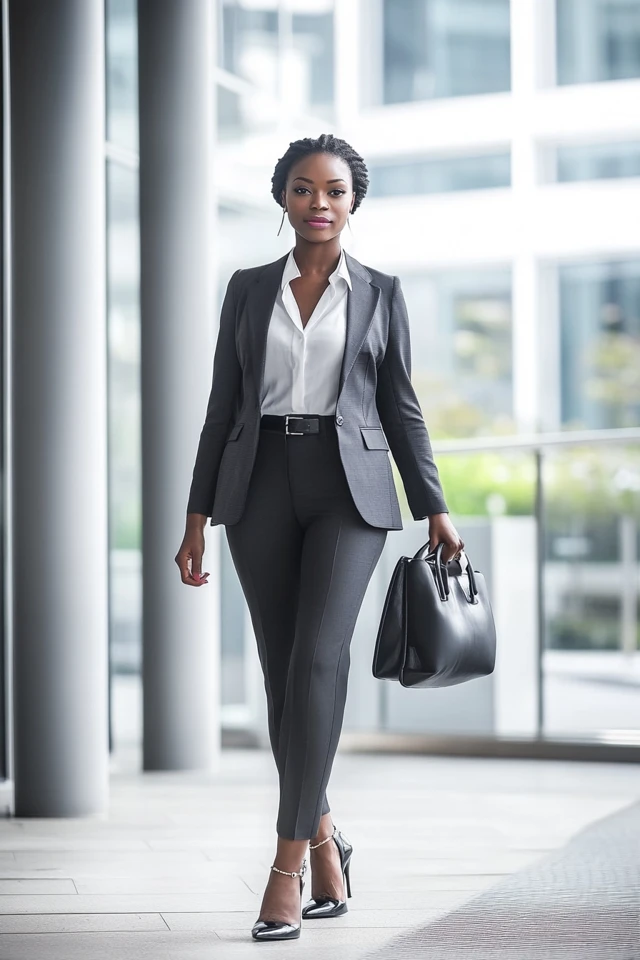
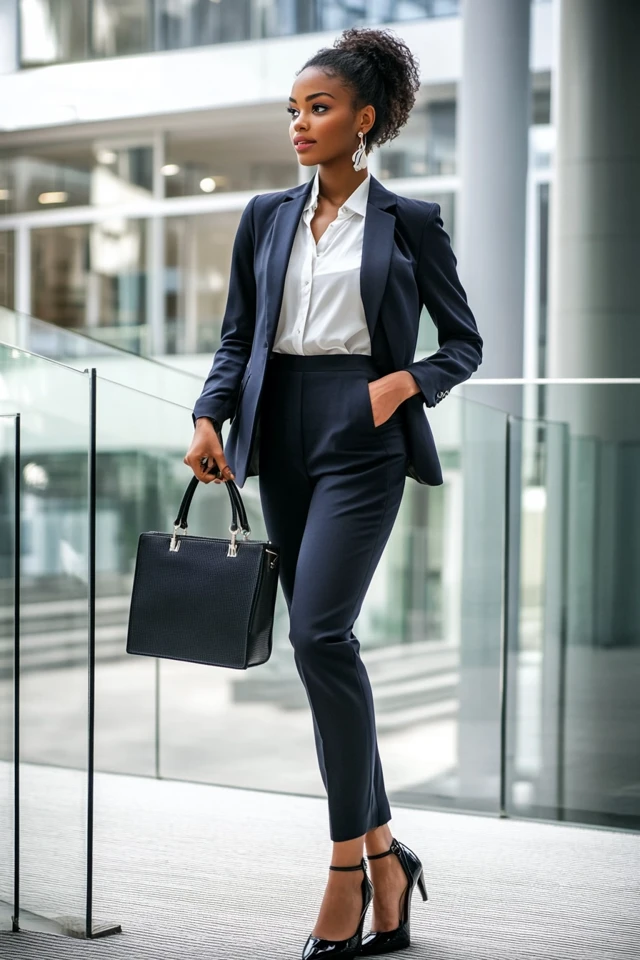
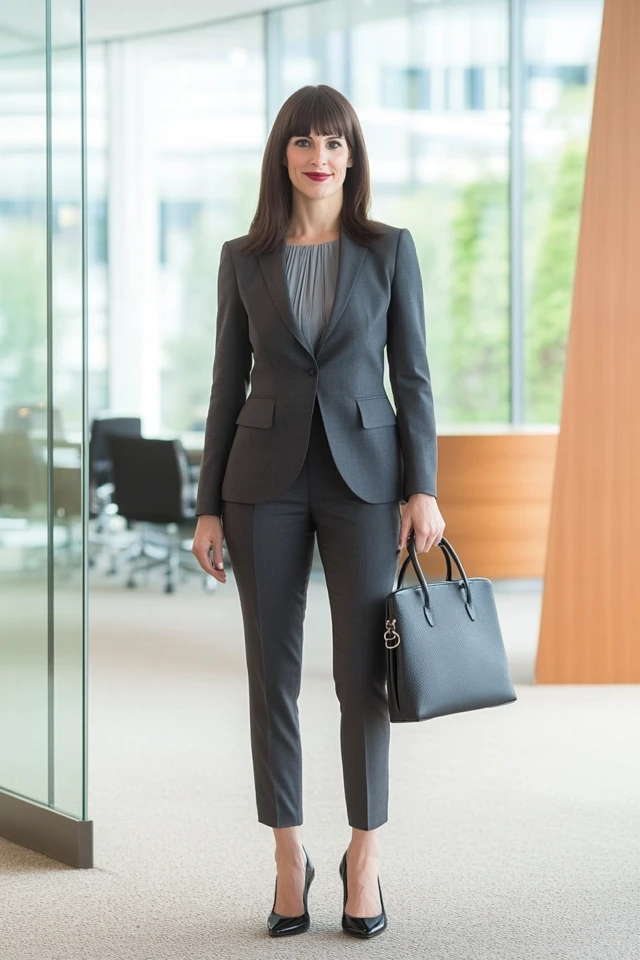
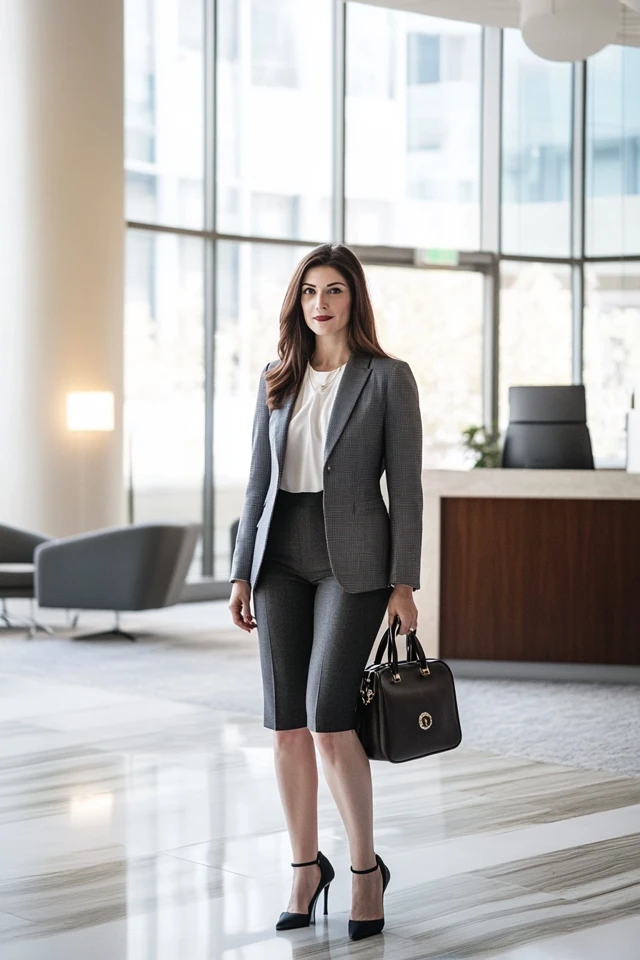
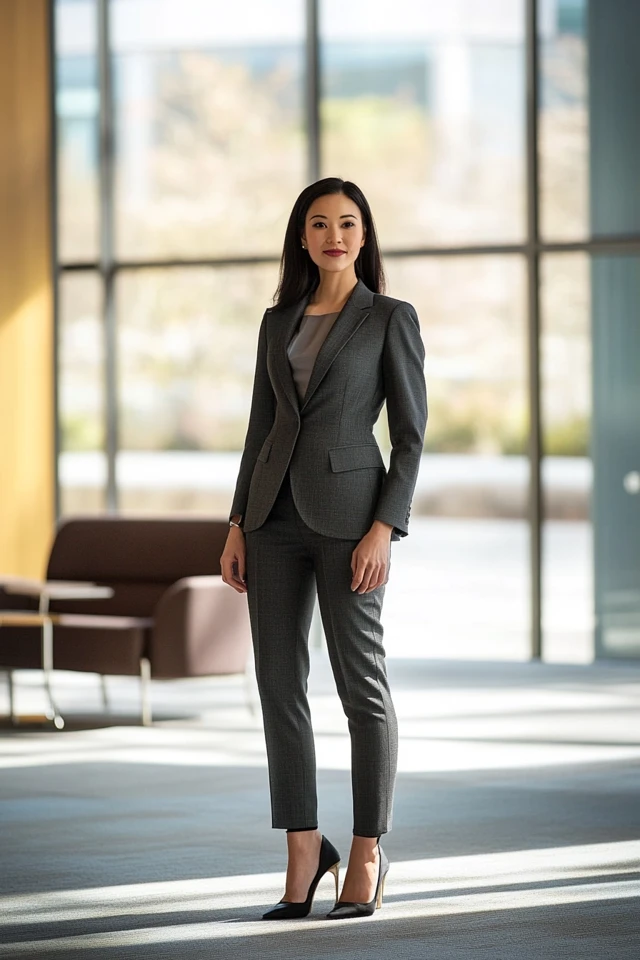
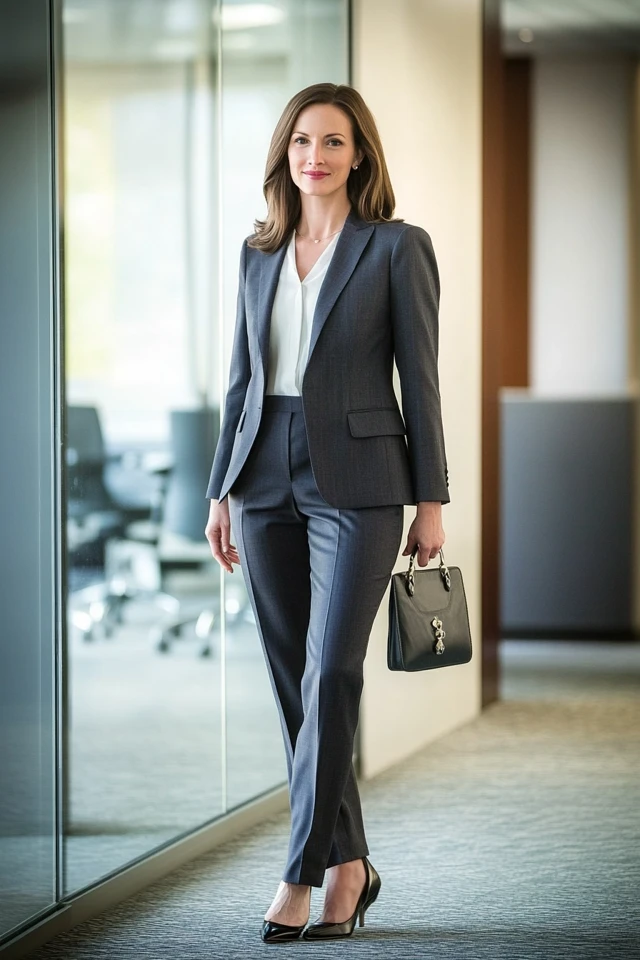
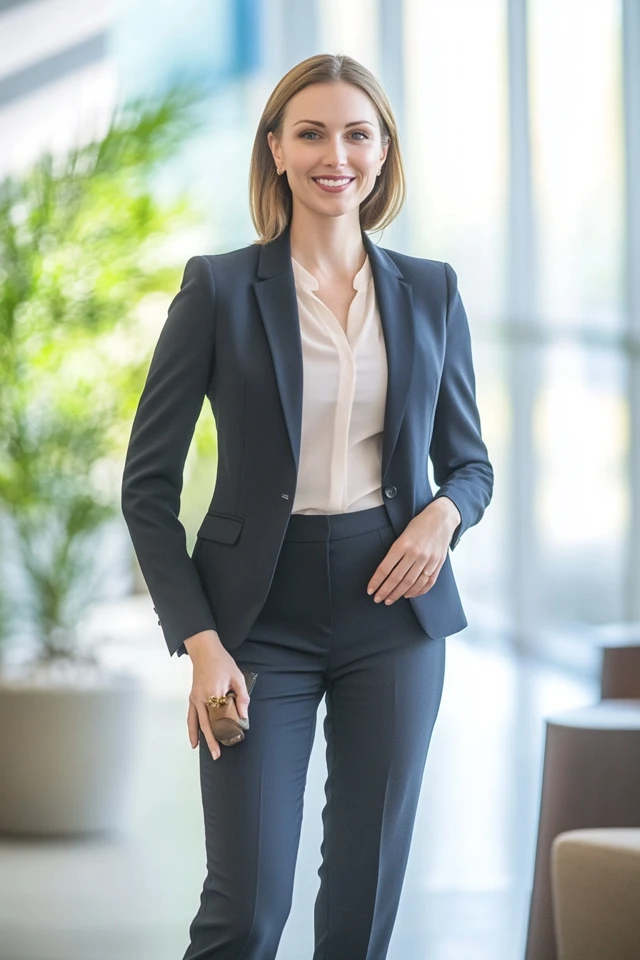
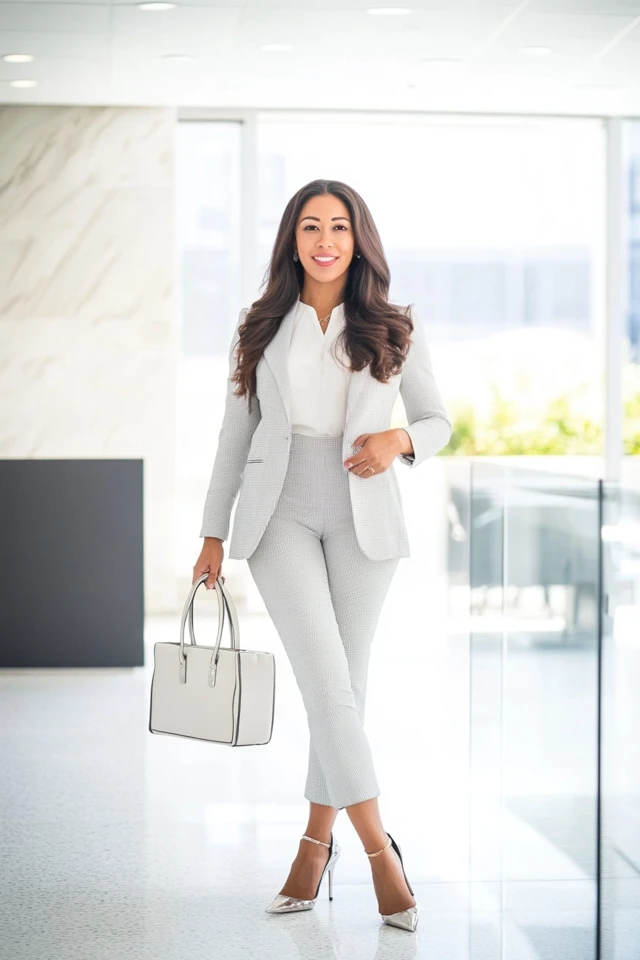
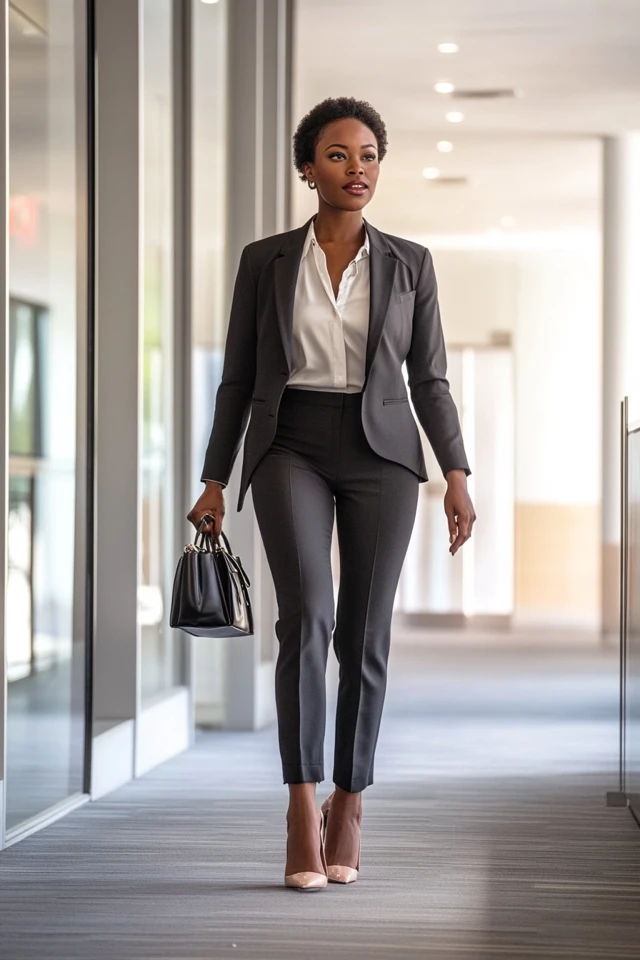
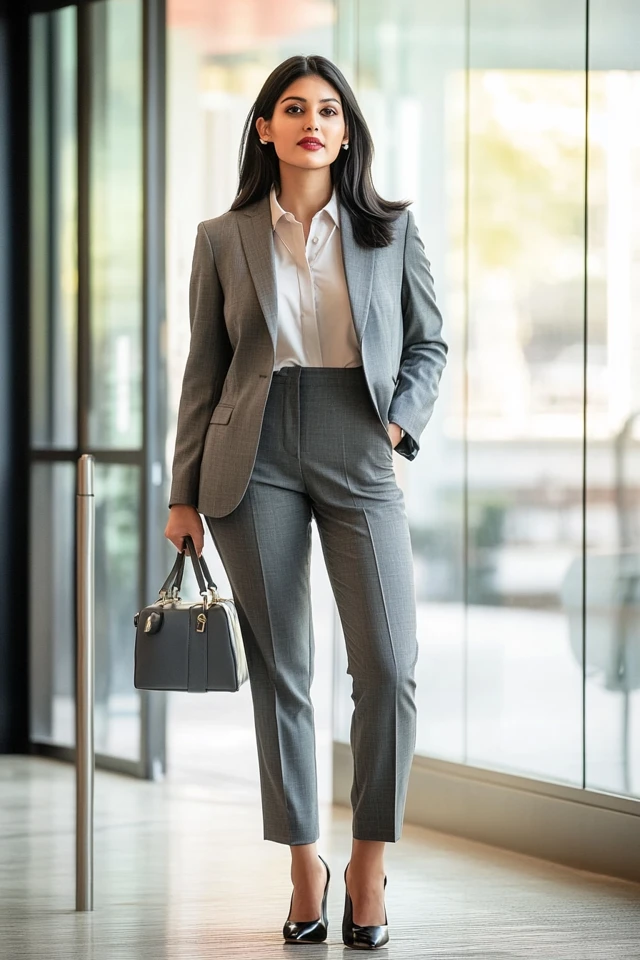
Conclusion
Dressing appropriately for a job interview is a crucial step in showcasing your professionalism and making a positive first impression. By understanding the nuances of business casual attire, selecting versatile and high-quality pieces, and accessorizing thoughtfully, you can navigate office dress codes with style and confidence. Remember, your outfit is a reflection of your commitment and respect for the opportunity, so invest time in choosing attire that enhances your strengths and aligns with the company’s culture.
Embrace these strategies to build a wardrobe that not only meets the demands of various interview settings but also empowers you to present yourself authentically and professionally. With the right outfit, you can walk into your interview with confidence, ready to impress and secure the position you desire.
Happy styling, and may your job interview outfits lead you to success and new career opportunities!
